Censuses, transects and Wader Calendar
Censuses
Censuses are the most comprehensive survey option for determining the number of breeding pairs in your study area.
There are three commonly used methods, which all fundamentally involve standardised or timed searches of your survey area and recording the waders seen or heard:
- O’Brien & Smith (1992): surveying all species on lowland, enclosed (fenced/walled) farmland.
- Brown & Shepherd (1993): surveying all wader species on upland, unenclosed moorland.
- Curlew Recovery Partnership (2022): surveying sites that either only have Curlew, or where you aren’t interested in other wader species.
Bear in mind that these census methods are time-consuming and will require 60–80 minutes per km2 per visit, with 2–4 visits per year or more. If you are considering carrying out any of these methods it is a good idea to work out how long it would take to cover your entire study area.
If you can cover your study area using these methods, you can set up monitoring sites (dividing your study area into as many or as few sites as you wish, creating your survey area) and ensure these monitoring sites are covered as your chosen method requires.
If it is not possible to cover your study area using census methods, or you do not need to know the location of every pair in your study area, you can sample the area using a subset of monitoring sites, creating a smaller survey area that is more manageable.
Try to ensure that your sampling area is representative of the wider study area by randomly selecting 1-km Ordnance Survey (OS) grid squares within the study area. Alternatively, you could use transects to sample your study area.
- Please get in touch with us at waders@bto.org if you would like advice on sampling within your study area.
If you visited some monitoring sites early in the season and established that waders were not present, but did not visit these sites subsequently, these data are still valuable. Reports of absences can be just as valuable as records of breeding pairs.
- Information about wader absences is still valuable. Record and report the findings of all the surveys you carry out.
Census survey cover sheets
Please use the following Wader Hub survey cover sheets to record data for census surveys:
- O’Brien & Smith (1992) cover sheet: for surveying all species on lowland, enclosed (fenced/walled) farmland.
- Brown & Shepherd (1993) cover sheet: for surveying all wader species on upland, unenclosed moorland.
- Curlew Recovery Partnership (2022) cover sheet: for surveying sites that either only have Curlew, or where you aren’t interested in other wader species.
Transects
Transects are linear routes that are walked or driven, with surveyors recording all waders encountered. They are a good option if it is not possible to cover your entire study area using census methods, or if you do not need to know the location of every breeding pair in your study area.
The two most useful methods for sampling an area using transects are:
- BTO/JNCC/RSPB Breeding Bird Survey (BBS): this survey method is designed for all terrestrial breeding birds but you can carry out similar surveys focused exclusively on waders. This will make it straightforward to directly compare your findings with BBS estimates and trends for the relevant country, region or habitat. However, for small sites with few transects, estimates of abundance and change from BBS-style surveys will be ‘noisy’ (i.e. have a high level of uncertainty).
- Breeding Wader Transects (BWT): these could be a good choice for situations where fieldwork has to fit around busy schedules.
Provided the habitats and landscapes they sample are representative of your study area, and you can estimate the proportion of the study population that you counted, transect surveys can give you an indication of the number of pairs in your study area as well as their breeding success.
If you wanted to design a representative transect survey of a large area, you could place 1 km transects in randomly selected 1-km OS grid squares. However, even if you cannot randomly select transects (e.g. because they need to be easily accessible), transects can still provide an indication of trends over time.
As with the census methods, it is a good idea to work out how long the transects you plan to do will take, so you can make sure that you have the time and capacity to carry out the fieldwork.
If you visited some monitoring sites early in the season and established that waders were not present, but did not visit these sites subsequently, these data are still valuable. Reports of absences can be just as valuable as records of breeding pairs.
- Information about wader absences is still valuable. Record and report the findings of all the surveys you carry out.
Transect survey cover sheets
Please use the following Wader Hub survey cover sheet to record data for transect surveys:
Wader Calendar
The Wader Calendar is a quick and easy method for individuals who work or live in an area where waders breed. The number of waders detected in the area of interest, whether a single field or a whole farm, is recorded each week, along with some information about their behaviour. Where waders are counted on multiple occasions in the same week and the numbers differ between these counts, the largest count is used.
The method is less rigorous than structured censuses or transects but provided that participants put similar effort into their weekly counts, they can get useful information on changes in abundance, and even an indication of breeding success.
It is a good option for farmers and other stakeholders who have little time to undertake full surveys, but who can record what they see and hear as they undertake work on their farms.
Information about wader absences is still valuable. Record and report the findings of all the surveys you carry out.
- Visit the Wader Calendar webpage for more information.
You may also be interested in:
Contact the Wader Hub
Get in touch
We can offer advice about any of the Hub’s supported methods, and about wader monitoring more widely.
Guides and resources
All our bespoke Wader Hub resources, from support for new projects to detailed information about survey techniques.
Send us your feedback
We want the Wader Hub to be as valuable as possible for everyone involved in wader conservation. Send us your feedback:

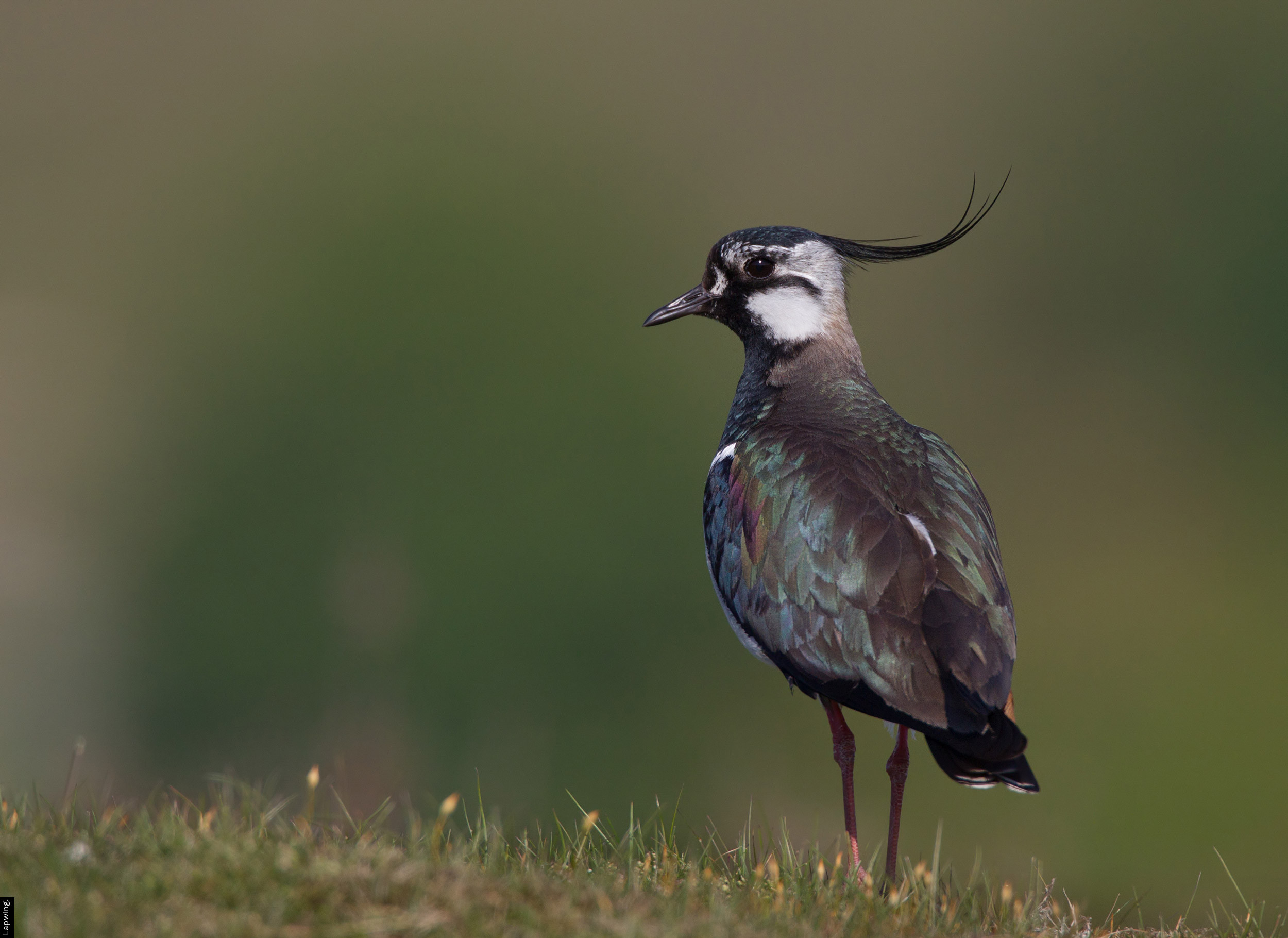
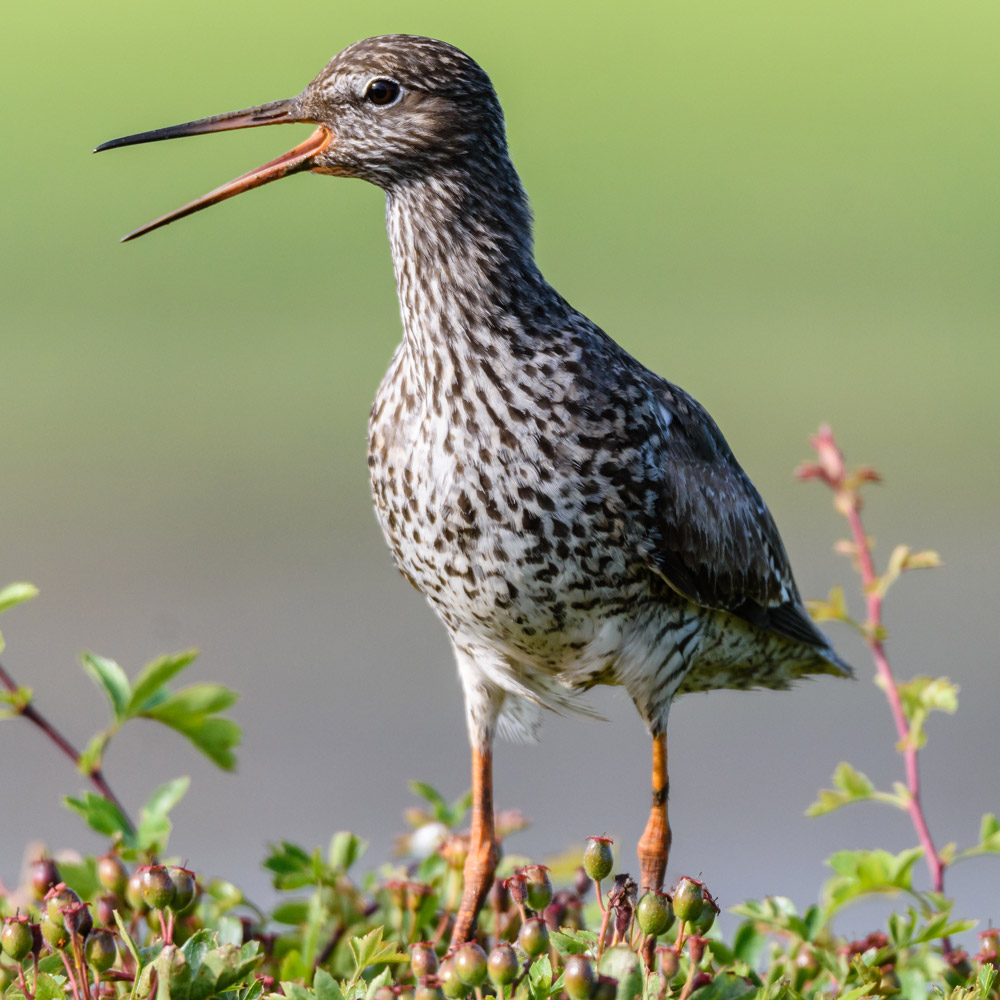
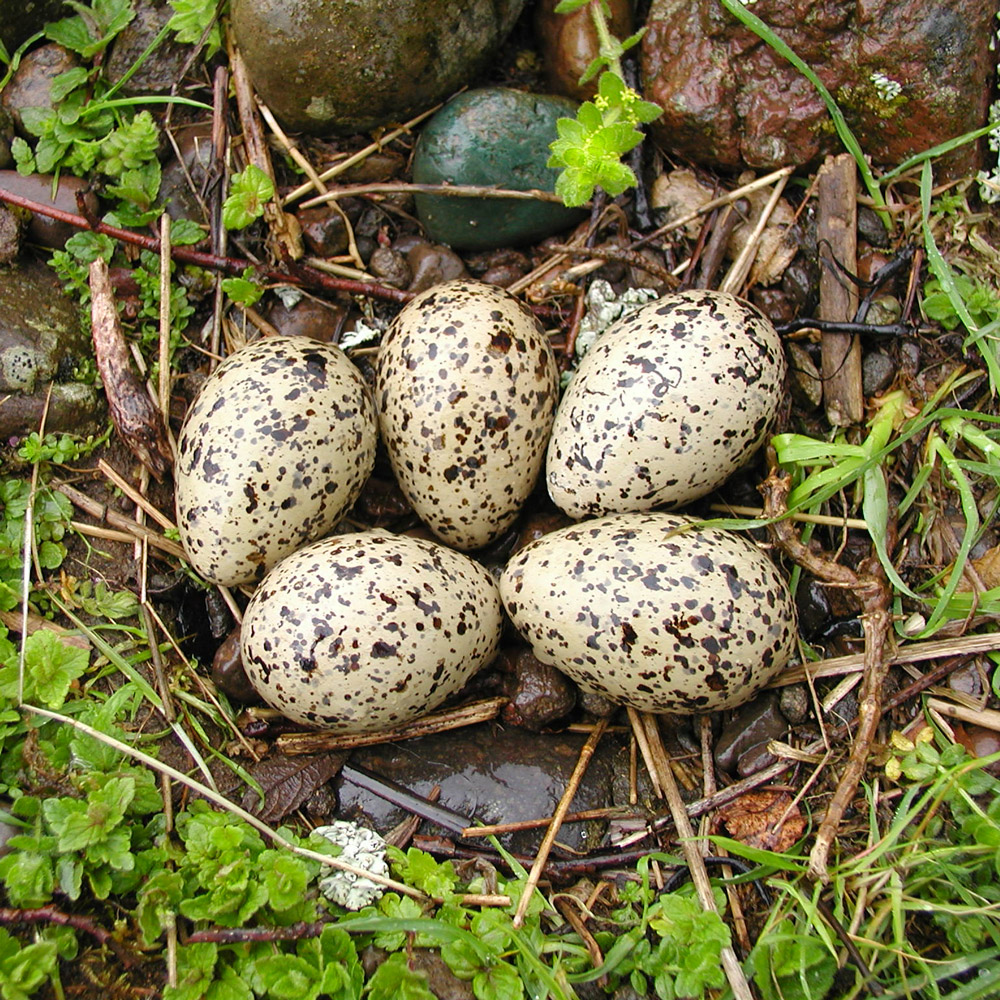
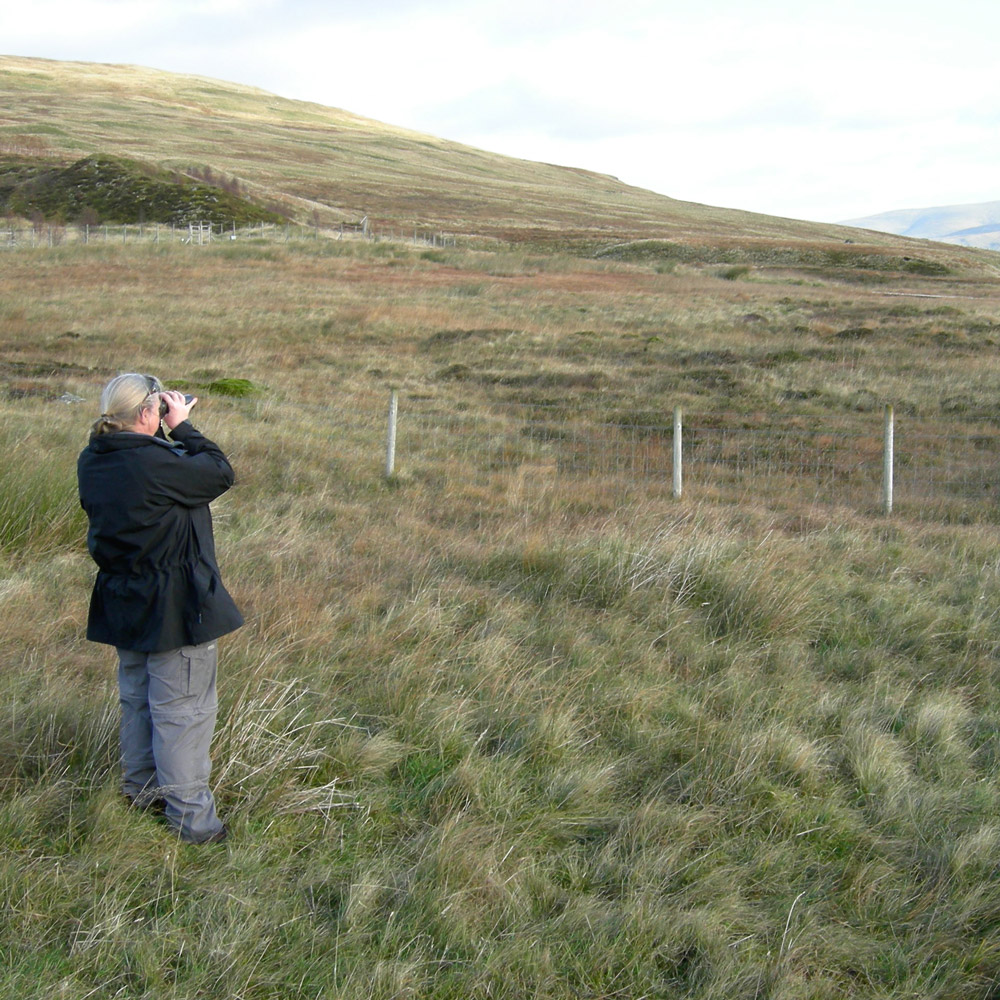

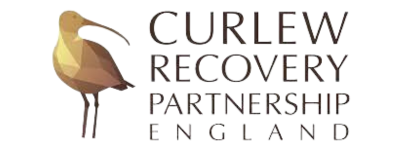






Share this page